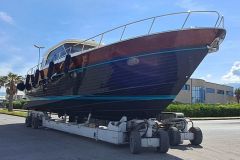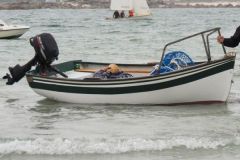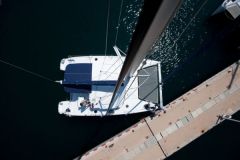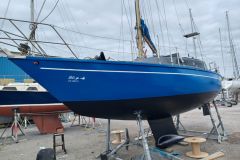Transforming a fifty-year-old sailboat into a unit capable of crossing the oceans without fossil fuel is a technical challenge. The Sailing Uma project, led by Dan and Kika for over ten years, illustrates the stages involved in a complete refit: structural restoration, hull protection, electrification and fittings designed for independent living.

Refit of a 50-year-old sailboat: restoring structure and hull
A boat built in the seventies imposes particular constraints on the building site. The first step was to restore the living structures and consolidate certain structural elements. The refit prepared the yacht for ocean cruising, integrating modern materials while respecting the original design. Amateur builders and yachtsmen planning to restore an old unit need to anticipate the question of parts that are impossible to find and current safety standards.
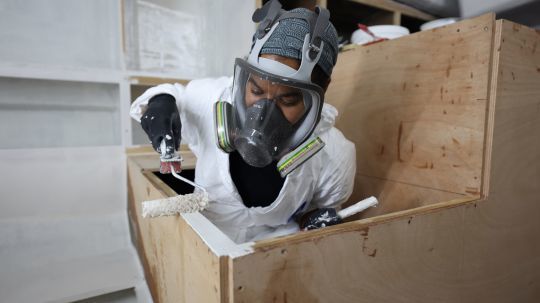
Coatings and maintenance: protecting your boat over time
The choice of primers and paints played a decisive role in the boat's preservation. Areas subject to humidity, such as bilges and lockers, were coated with resistant epoxy primers. For the hull and deck, a two-component system with a polyurethane finish was chosen, guaranteeing both mechanical strength and UV resistance. Finally, the application of a self-extinguishing antifouling is designed to limit fouling during long-distance sailing, an essential factor in reducing the energy consumption of an electrified sailing yacht.

Switching to electric: autonomy and technical constraints
The main change is the total abandonment of the internal combustion engine. The yacht is now equipped with 2 electric motors powered by a battery bank, itself recharged solely by solar panels and wind turbines. For a boat of this size, the management of autonomy relies on precise dimensioning: surface area available for solar power, storage capacity, charge regulation and optimization of on-board equipment consumption. Electrification offers acoustic comfort and eliminates refuelling constraints, but requires constant monitoring of available energy.
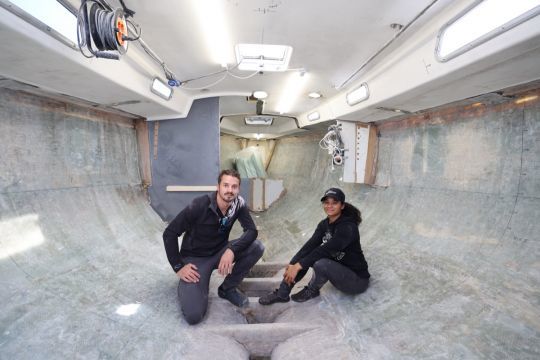
Life on board: fitting out the interior for the long haul
The interior redesign was an opportunity to work on ventilation and moisture protection. Condensation-resistant primers provide the basis for durable finishes. The ergonomics of the spaces have been rethought for a couple living in complete autonomy: food storage, water management and sleeping comfort. These choices are of interest to long-distance sailors, who know that habitability determines the length of their stay at sea.
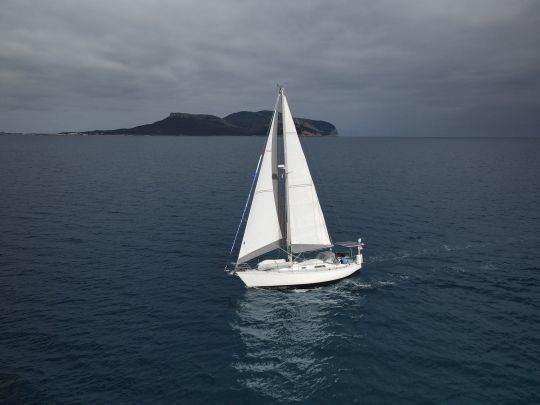
Sailing without fossil fuels: what prospects for yachtsmen?
Sailing Uma's experience shows that diesel-free sailing is possible, even on a classic sailboat. However, it requires meticulous preparation and daily discipline when it comes to energy consumption. For yachtsmen, this feedback offers concrete avenues: reduced dependence on the engine, greater autonomy thanks to renewable energies, and anticipation of limitations linked to weather and sunshine. More than an experiment, this project offers a realistic vision of what sustainable boating could become in the coming decades.


 /
/ 





